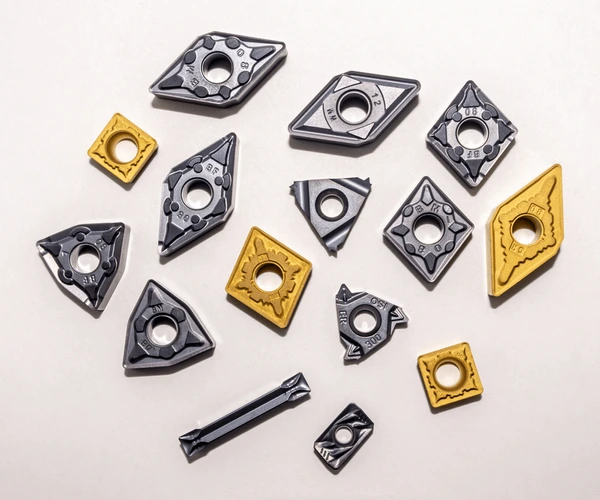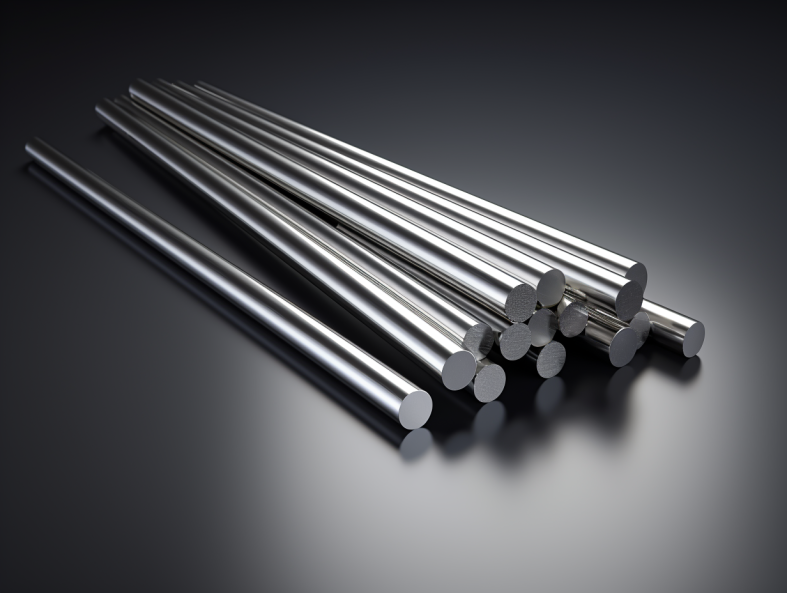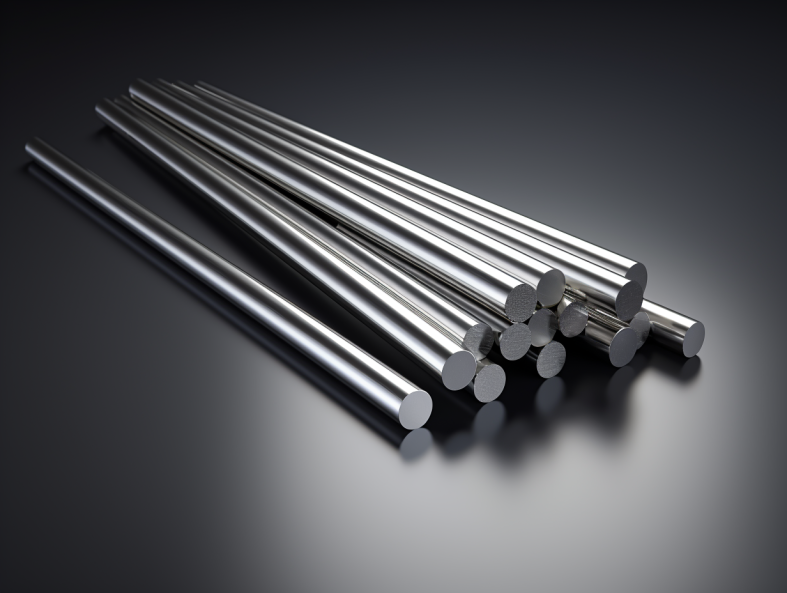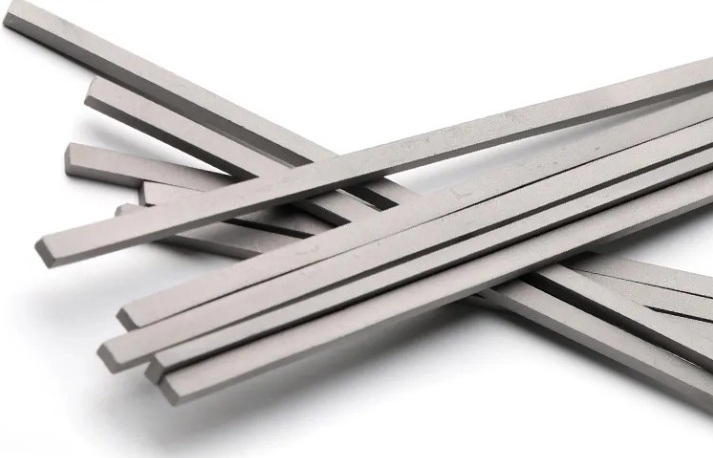Carbide plates are essential components in industries like manufacturing, machining, and tooling. Their strength, durability, and resistance to wear make them highly sought after. But if you’re in the market for these robust materials, understanding carbide plate pricing can feel like navigating a maze. What impacts the cost? How do you compare models? Let’s dive deep into the factors, composition, applications, and everything you need to know about carbide plate pricing.

Understanding Carbide Plate Pricing
Factors Affecting Carbide Plate Pricing
Carbide plate prices fluctuate based on several factors, including:
- Raw Materials: The type and quality of metal powders (e.g., tungsten carbide, cobalt).
- Manufacturing Process: Techniques like sintering and grinding add value and cost.
- Specifications and Sizes: Thicker and larger plates cost more.
- Grades and Properties: Plates with higher hardness or toughness levels are pricier.
- Market Demand and Supply: Prices shift due to industry trends or material availability.
Here’s a breakdown of typical pricing tiers:
| Grade | Price Range (USD) | Application Examples |
|---|---|---|
| General Purpose | $20–$50/kg | Cutting tools, general machining |
| High Hardness | $50–$100/kg | Wear plates, abrasive conditions |
| Ultra-Tough Grades | $100–$200/kg | Mining tools, heavy-duty machining |
Raw Material and Composition Analysis
Carbide plates primarily consist of tungsten carbide (WC) and a binder, typically cobalt (Co) or nickel (Ni). The proportion of these materials determines key characteristics like hardness and toughness.
- Tungsten Carbide (WC): Offers unparalleled hardness and wear resistance.
- Cobalt or Nickel: Acts as a binder, balancing toughness and ductility.
- Additives: Elements like tantalum carbide (TaC) or titanium carbide (TiC) enhance specific properties.
Typical Compositions by Model
| Model | Tungsten Carbide (%) | Cobalt/Nickel (%) | Additives (%) |
|---|---|---|---|
| WC-Co10 | 90 | 10 | – |
| WC-Co15-TiC | 80 | 15 | 5 |
| WC-Ni20 | 80 | 20 | – |
Applications of Carbide Plates
Carbide plates are incredibly versatile. Their pricing often reflects the specific applications they cater to. Common uses include:
| Application Area | Description | Examples |
|---|---|---|
| Machining Tools | Used for cutting, drilling, and grinding due to hardness and wear resistance. | Lathe tools, end mills |
| Mining Industry | Heavy-duty plates resist impact and abrasion in tough environments. | Rock drilling, excavation tools |
| Woodworking | Provide sharpness and durability for long-lasting cutting edges. | Saws, router bits |
| Wear Parts | High durability ensures longevity in abrasive conditions. | Conveyor systems, crushers |






Production Process Flow of Carbide Plates
Understanding the production process gives insights into why carbide plate pricing varies.
- Raw Material Mixing: Metal powders (tungsten carbide and binders) are precisely mixed.
- Pressing: The mixture is compacted into green shapes under high pressure.
- Sintering: The green compact is heated in a controlled environment to bond particles.
- Grinding & Polishing: Ensures precise dimensions and smooth finishes.
- Quality Control: Each plate undergoes stringent testing for hardness, size, and performance.
Material Properties of Carbide Plates
Key properties of carbide plates that impact their price:
| Property | Description | Impact on Pricing |
|---|---|---|
| Hardness | Ability to resist deformation under pressure. | Higher hardness, higher cost. |
| Toughness | Resistance to cracking under stress. | Tougher grades cost more. |
| Wear Resistance | Endurance against abrasive conditions. | Premium in demanding uses. |
Material Composition and Characteristics
| Grade | Composition | Characteristics |
|---|---|---|
| WC-Co10 | 90% WC, 10% Co | General-purpose, balanced toughness and hardness. |
| WC-Co20 | 80% WC, 20% Co | Higher toughness, lower hardness. |
| WC-TiC5 | 85% WC, 10% Co, 5% TiC | Improved wear resistance, suitable for abrasive uses. |
Performance Comparison: Hardness, Strength, and Wear Resistance
When selecting a carbide plate, evaluating hardness, strength, and wear resistance is essential.
| Grade | Hardness (HRA) | Strength (MPa) | Wear Resistance |
|---|---|---|---|
| General Purpose | 88–90 | 2000–2500 | Moderate |
| High Hardness | 92–94 | 1800–2200 | High |
| Abrasion Grade | 87–89 | 2200–2700 | Extreme |
Specifications, Sizes, and Standards
Manufacturers offer a wide variety of carbide plates to meet industry needs.
| Specification | Size Range (mm) | Shape | Standards |
|---|---|---|---|
| Standard Plates | 100 x 50 x 10 | Rectangular | ISO, DIN |
| Custom Dimensions | Varies | Customizable | As per request |
| Wear Strips | 50 x 10 x 5 | Strips | ANSI |
Selecting the Right Carbide Plate
Choosing the right carbide plate depends on factors like application, material properties, and cost.
| Selection Criteria | Key Considerations |
|---|---|
| Application Type | High hardness for cutting tools, toughness for mining parts. |
| Operating Conditions | Consider heat, pressure, and abrasive environment. |
| Budget | Balance between price and performance. |
Advantages and Limitations of Carbide Plates
| Aspect | Advantages | Limitations |
|---|---|---|
| Hardness | High wear resistance. | Brittle at extreme stress. |
| Toughness | Withstands impact forces. | Lower in ultra-hard grades. |
| Cost Efficiency | Long lifespan reduces costs. | High initial investment. |

Top Suppliers and Their Offerings
| Supplier | Product Range | Specialty |
|---|---|---|
| ABC Carbide Co. | Standard and custom | High-precision plates. |
| Tungsten World | High-grade carbide | Specialized in wear-resistant grades. |
| MegaMetals Inc. | General-purpose plates | Cost-effective solutions. |
FAQs
| Question | Answer |
|---|---|
| Why are carbide plates expensive? | Premium materials and manufacturing processes. |
| How do I choose the right grade? | Match properties (hardness, toughness) to your needs. |
| Can carbide plates be recycled? | Yes, many manufacturers offer recycling programs. |
This guide is your ultimate toolkit for navigating the complex world of carbide plate pricing. Whether you’re a seasoned buyer or a curious newcomer, understanding these details can help you make informed decisions. Have questions or need further details? Let’s keep the conversation going!




